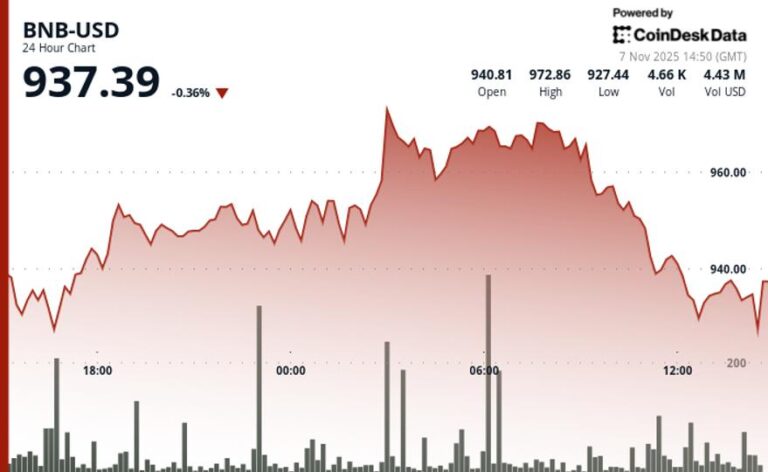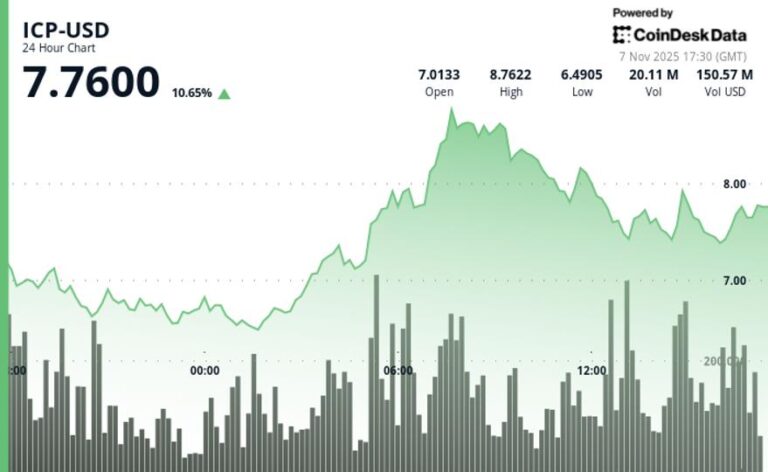Introduction to Cardano and Ethereum
Cardano and Ethereum are two prominent players in the blockchain space, each offering unique features and capabilities. Ethereum, launched in 2015, is often regarded as the first blockchain to support smart contracts, enabling developers to create decentralized applications (dApps). Cardano, which emerged later in 2017, aims to improve upon the limitations of existing blockchains by implementing a research-driven approach to development and a focus on scalability, interoperability, and sustainability. This comparative analysis explores their technological foundations, consensus mechanisms, smart contract functionality, and market positioning.
Technological Foundations
Ethereum operates on a proof-of-work (PoW) model, which, while effective in securing the network, has been criticized for its energy consumption and scalability issues. With the transition to Ethereum 2.0, the network is shifting to a proof-of-stake (PoS) mechanism, which promises to enhance scalability and reduce energy usage. This transition is designed to accommodate increasing demand for dApps and improve transaction throughput.
Cardano, on the other hand, was built from the ground up with a PoS consensus mechanism known as Ouroboros. This approach not only offers energy efficiency but also emphasizes security and scalability from the outset. Cardano’s development is guided by academic research and peer-reviewed papers, which sets it apart from Ethereum’s more iterative approach.
Smart Contract Functionality
Smart contracts are integral to both Ethereum and Cardano, enabling automated transactions and operations without intermediaries. Ethereum’s smart contract capabilities have been in place since its inception, allowing developers to create complex dApps across various sectors, including finance, gaming, and supply chain management.
Cardano introduced its smart contract functionality with the Alonzo upgrade in 2021. This development allows for the deployment of dApps on its platform, promoting a more structured and formal verification process. Cardano’s smart contracts utilize a programming language called Plutus, which is designed to enhance security and reliability. While Ethereum has a larger ecosystem and more established user base, Cardano’s approach aims to mitigate the risks of bugs and vulnerabilities in smart contracts.
Scalability and Interoperability
Scalability is a critical factor for blockchain networks, especially as user demand grows. Ethereum’s current PoW model faces challenges in handling high transaction volumes, leading to congestion and high gas fees. The transition to Ethereum 2.0 aims to resolve these issues by enabling sharding and introducing a PoS mechanism, which will increase transaction throughput.
Cardano’s architecture is inherently scalable, with its layered design separating the settlement and computation layers. This structure allows for greater flexibility and efficiency, enabling the network to handle a higher volume of transactions without compromising security or performance. Additionally, Cardano emphasizes interoperability with other blockchains, which could facilitate cross-chain transactions and enhance the overall utility of its platform.
Market Position and Community Support
As of 2023, Ethereum remains the dominant platform for dApps, boasting a larger market share and a more extensive developer community. Its established presence and robust ecosystem make it a go-to choice for many developers and projects. However, Ethereum’s scalability issues and high transaction costs have led some projects to seek alternatives.
Cardano, while newer and less established, has gained significant traction due to its focus on academic rigor and long-term sustainability. The Cardano community is known for its strong support and commitment to the project’s vision, which includes empowering users and promoting decentralized governance. As more developers explore Cardano’s capabilities, its market position continues to strengthen, positioning it as a viable competitor to Ethereum.
Conclusion
Cardano and Ethereum represent two distinct approaches to blockchain development, each with its strengths and weaknesses. Ethereum’s established ecosystem and widespread adoption contrast with Cardano’s research-driven methodology and focus on scalability and interoperability. As both platforms evolve, the competition between them will likely spur innovation and improvements in the blockchain space. Ultimately, the choice between Cardano and Ethereum may depend on specific project needs, developer preferences, and the evolving landscape of decentralized technologies.

